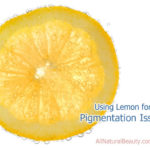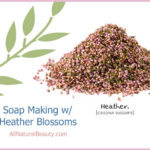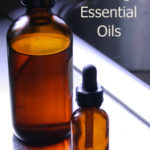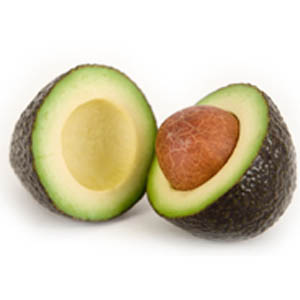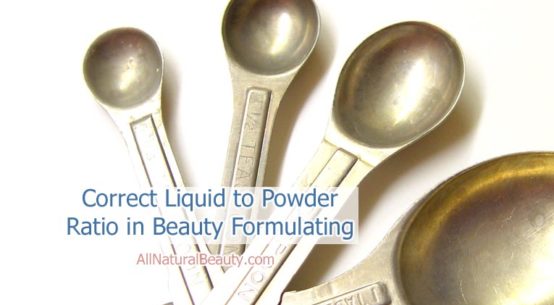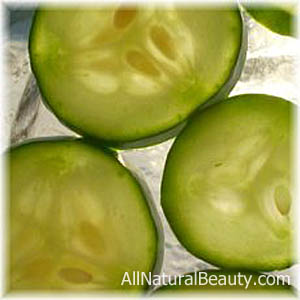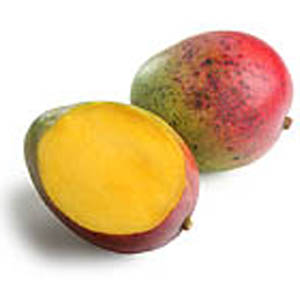
Q:
“What are your thoughts on adding silica to lotions and other skin care products? Does it actually improve skin or nail health? What medium is best to add to homemade recipes (thick dropper products or more watery products)? Can I massage silica into my nail, same as oil, for added benefit?
Currently I take a liquid silica supplement but was reading of lotions with silica and am not sure which products would be most effective. I’m thinking silica or natural ingredients that contain silica.
I’m trying to get thicker, less brittle nails and overall healthier feeling skin. If I can use silica on my face and neck, I’d like to achieve less sensitive and healthier feeling skin. Thanks!”
-Elise
A:
Hi and thanks Elise for the question!
There are different kinds of silicon used in cosmetics: some are synthetic, others are natural but lab derived, and there are also completely natural ingredients that are rich in silica.
Silica (also known as silicon dioxide) is a powder that is often used in products such as mineral makeup. Silica is a natural chemical compound that is an oxide of silicon. Some examples of natural silica are quartz, glass, and sand. Silica powder is processed in the lab so that it is suitable for cosmetic use. It is primarily used as an oil absorbent, to improve the glide or slip of a product, and it helps the skin look flawless (in other words, it scatters light, which softens the look of fine lines. But to my knowledge there is no evidence that silica powder actually improves the skin’s health). Many people use the pure powder as a setting or finishing powder for their mineral makeup. Many mineral makeup formulators add it to their products.
As far as I know and from what I have seen in other lines, silica powder isn’t usually added to lotions. However, it is found in small amounts in some liquid mineral makeup brands (liquid mineral makeup is essentially powdered mineral makeup mixed in a cream or lotion base). A few people recommend adding silica powder to butters to make them feel less oily (but a lot of the time, other absorbents are added to butters instead of silica). A very few companies make natural based liquid primers which contains silica powder. I have seen one company actually add it to their lotion. If you add silica to lotions or butters, I would start with ¼ to ½ teaspoon of silica to 4 oz of butters or lotions, and see how that comes out. Then you can add more if needed or less in your next batch.
Most of the time the synthetic version (silcones) is used in lotions and liquid primers. Silicones are human made polymers that are made with silicon. I have no experience with working with silicones, and I personally don’t use them. Most of them are usually relatively benign. I prefer not to use them since they are not natural—I am an all natural formulator–and when I tried them when I was younger they dried out my skin and broke me out. Most people have no issues with using them though. Many natural based formulators use silicones in their products.
For less brittle nails and overall healthier skin, I would recommend using natural ingredients that are rich in silica. These ingredients are high in silica and they are well known for helping the nails or the skin. However, it is the combination of natural chemical constitutes (and not just the silica) that improves the appearance of brittle nails and dull skin.
For the facial skin, you may want to try clay masks. Clays contain high percentages of silica; they are usually composed of 40% or more silica. Use a clay mask once or twice a week. Kaolin clay is an excellent clay for all skin types. For oily and blemished skin you may want to try bentonite clay. For mildly dry or dehydrated skin try rhassoul clay.
There are so many wonderful clays, I suggest trying an assortment of clays, and see which ones your skin likes best. Use clay masks 1-2 times a week. A few people like using clay based cleansers too.
Many plants are rich in silica. Horsetail is said to be one of the richest sources of silica in the plant kingdom. It is an astringent and it is recommended for irritated skin. It is used in ‘anti-aging’ skin care. Horsetail is a classic herbal remedy for nails too. I suggest making an herbal infused oil. You can use the infused oil as a nail treatment, and to seal in moisture for the facial skin (apply the horsetail infused oil to damp skin. The combination of a water rich ingredient plus the infused oil will moisturize your skin).
– Li



